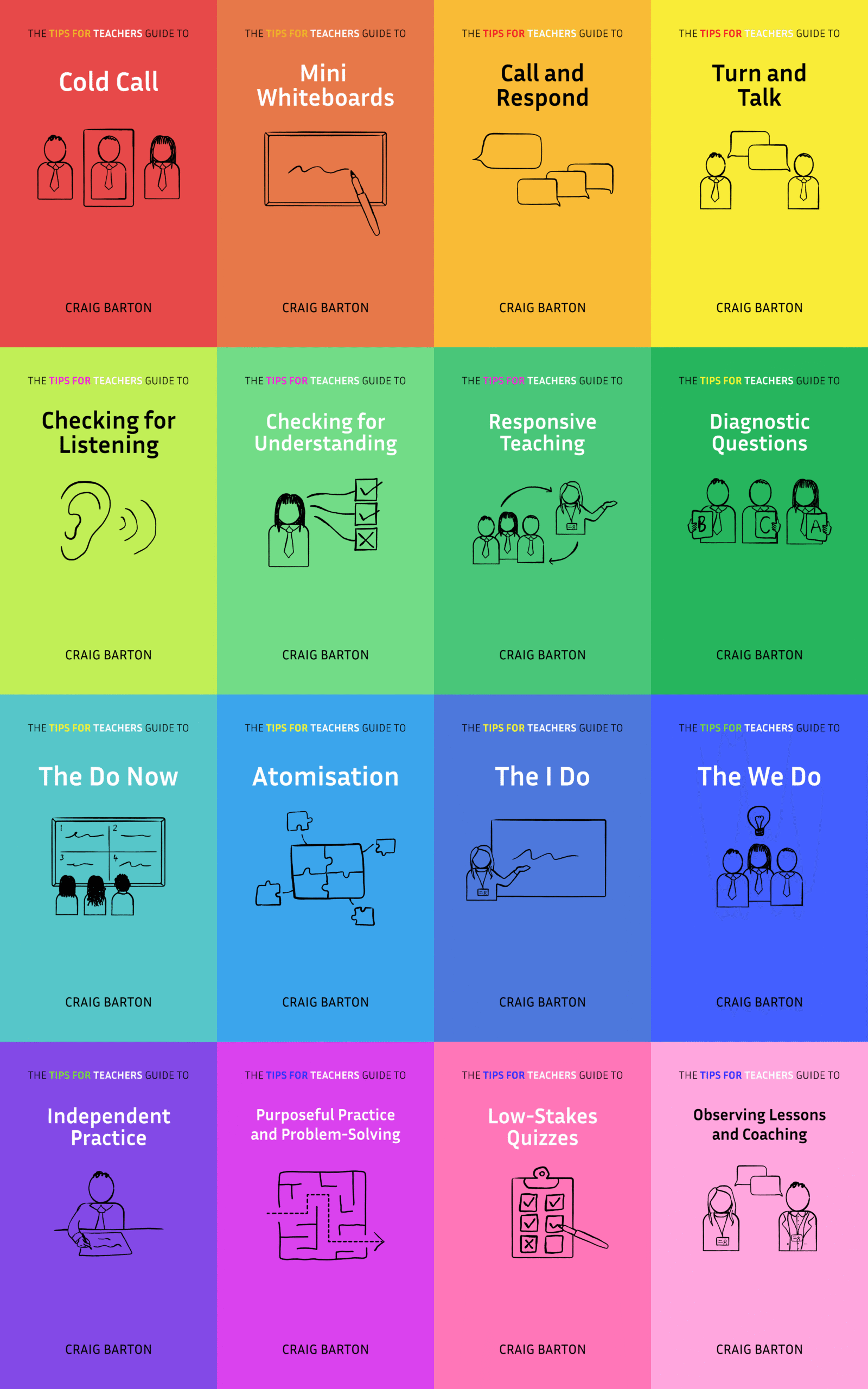
- Title: Practice-Based Teacher Education Pedagogies Improve Responsiveness: Evidence from a Lab Experiment
- Authors: Jaap M J Murre and Joeri Dros
- Access the original paper here
- Listen to a deep-dive podcast:
Paper summary
This research article describes a successful replication of Hermann Ebbinghaus’s classic forgetting curve, which illustrates how memory retention declines over time. The authors investigated the effects of serial position on forgetting, analyzed different mathematical models that could represent the forgetting curve, and examined whether there is evidence for a jump at 24 hours in the curve, possibly related to the effect of sleep. The study was conducted with one participant, who learned and relearned lists of nonsense syllables over varying retention intervals, ranging from 20 minutes to 31 days. The authors compared their findings to the original Ebbinghaus data, as well as a previous German replication. They concluded that the forgetting curve has been successfully replicated, showing a similar shape across studies despite variations in language and time period.
What are the key implications for teachers in the classroom?
- The forgetting curve highlights the importance of spaced repetition in learning. Students are more likely to retain information if they are exposed to it multiple times over a period of time, rather than just once. Teachers can implement this by:
- Reviewing material regularly
- Giving quizzes and tests that cover previously learned material
- Assigning projects that require students to apply their knowledge in different contexts.
- The serial position effect suggests that students are more likely to remember information presented at the beginning and end of a lesson. Teachers can use this information to their advantage by:
- Presenting the most important information at the beginning and end of class.
- Using attention-grabbing activities or visuals to introduce and conclude lessons.
- Summarizing key points at the end of class.
- The study emphasizes the impact of sleep on memory consolidation. Teachers should encourage students to get enough sleep and avoid scheduling important tests or assignments immediately after a long break or vacation.
- The research suggests that different types of memory are affected by forgetting in different ways. For example, the study shows that savings scores are higher than recall or recognition scores. Teachers should be aware of these differences and use a variety of assessment methods to measure student learning.
- The concept of implicit memory indicates that even if students cannot consciously recall information, they may still retain some knowledge of it. Teachers can use this to their advantage by:
- Providing students with opportunities to relearn material in different ways.
- Using retrieval practice activities, such as flashcards or practice quizzes.
It’s important to note that this study focuses on learning and forgetting of nonsense syllables, which is a very specific type of learning. More research is needed to determine how these findings generalize to other types of learning. However, the study provides valuable insights into the nature of memory and forgetting, and the findings have important implications for teaching and learning.
Quote
It is hard to overestimate the importance of Hermann Ebbinghaus’ contribution to experimental psychology








